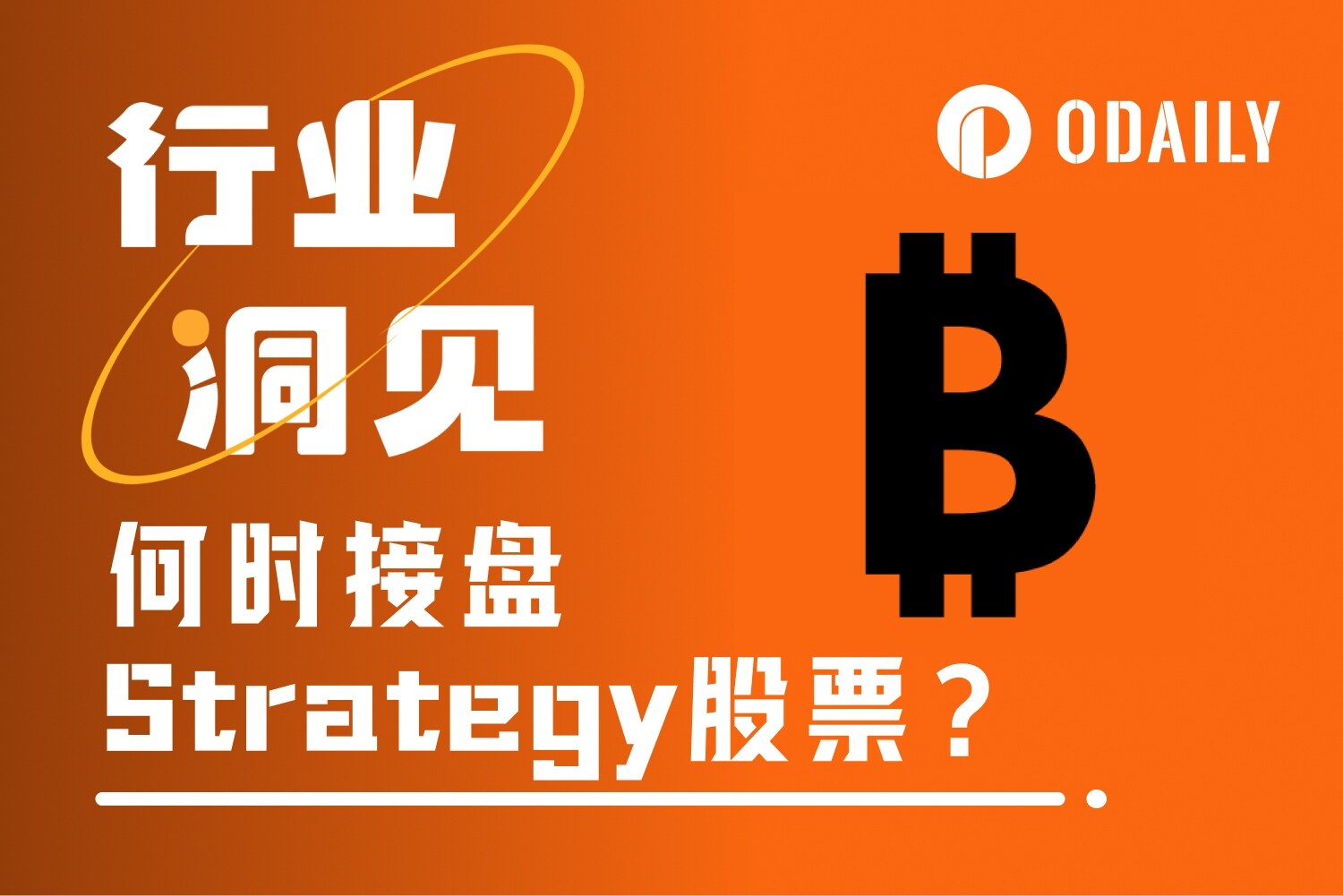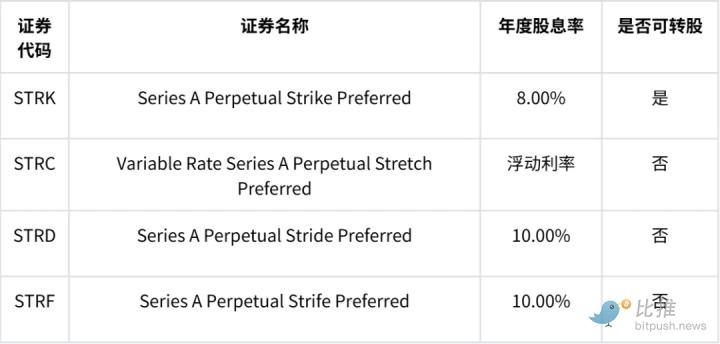Introduction
Interoperability, like scalability, has always been a core issue that needs to be addressed in the blockchain space. Since the advent of the Bitcoin blockchain over a decade ago, we have seen a variety of options for interoperable blockchain networks. Among these, Cosmos and its Tendermint consensus mechanism stand out as one of the most popular choices, warranting a closer examination. This article will analyze why Cosmos continues to garner attention and how it facilitates collaborative operations among blockchains.
How Does Cosmos (ATOM) Work?
The primary goal of Cosmos is to achieve interoperability among different blockchain networks. Founded in 2014 by Ethan Buchman and Jae Kwon, the Cosmos network includes a proof-of-stake mainnet and customized blockchains known as "zones."
The Cosmos Hub, the main chain of the network, is responsible for transferring assets and data between connected zones, providing a shared security barrier. This entire process relies on the synergy between Cosmos's customized consensus mechanism, Tendermint, and its universal application programming interface (API). Transaction fees within the network can be paid using the native cryptocurrency, ATOM.
The Cosmos network is structured in three layers:
- Network Layer - Responsible for transaction confirmations and consensus communication with the hub blockchain.
- Application Layer - Updates the status of transactions and balances within the network.
- Consensus Layer - Organizes nodes to reach consensus on new transactions.
These three layers are integrated through a series of open-source tools and applications. For instance, Tendermint packages the network and consensus layers into an immediately usable engine, allowing blockchain developers using Tendermint to focus on the application layer, thereby saving time and resources.
- What is the Cosmos Hub?
The Cosmos Hub is the core blockchain of Cosmos, responsible for connecting other customized blockchains known as "zones." Through the Inter-Blockchain Communication (IBC) protocol, the Cosmos Hub can track the status of each zone in real-time, enabling seamless information transfer.
The Cosmos Hub serves as the central ledger for the entire ecosystem, allowing zones to exchange information via cross-chain communication (IBC). Cross-chain information utilizes two types of transactions: IBCBlockCommitTx for relaying the latest block hash of any zone, and IBCPacketTx, which allows zones to verify the legitimacy and source of information packets.
Imagine how DApps in two different zones might communicate with each other. The cross-chain communication information is sent to the Cosmos Hub, which records the details of the interaction, while each zone logs the results of these interactions on its own blockchain. Thus, all three independent blockchains retain evidence of the activity. This is why Cosmos is often referred to as the "Internet of Blockchains."
What are Cosmos Zones?
The customized blockchains within Cosmos are referred to as "zones," and they are widely applicable in various scenarios. This concept is similar to sidechains in projects like Polygon. Each zone can independently validate transactions, mint tokens, and engage in customized development. Although there are functional differences, all zones can interact with any other zone in the Cosmos system, provided they have permission.
Zones utilize a hub-and-spoke architecture, with the hub acting as a router between different zones. The Cosmos Hub is one significant representative, but there are other hubs as well. The entire network is permissionless, allowing anyone to create a hub blockchain or zone. However, each zone or hub has the right to refuse connections from other blockchains.
A blockchain connected to a hub can also connect to any zones linked to that hub, and hubs can interconnect with each other. Furthermore, as demonstrated by Binance Chain's operations in 2019, anyone can fork the Cosmos Hub and release their own version.
What is Cosmos SDK?
Cosmos SDK is an open-source software development kit designed to assist users in creating customized blockchains. Its default consensus protocol is Tendermint Core, and it offers a variety of pre-built modules for user selection. By utilizing Cosmos SDK, the blockchain construction process can be significantly simplified, meeting user expectations for standard functionalities.
With highly customizable plugins, users can design entirely new features and characteristics. Whether it is a public proof-of-stake blockchain or a private permissioned proof-of-authority blockchain, Cosmos SDK can be employed for development. Binance Chain serves as a successful example built using Cosmos SDK.
What is ATOM?
ATOM is the native token of Cosmos, which has three primary uses:
Users must pay transaction fees with ATOM, proportional to the required computing power.
ATOM is also involved in the governance of the Cosmos Hub; the more ATOM a user holds, the greater their voting power in platform decisions.
Validators can stake ATOM to earn rewards for participating in the consensus algorithm.
ATOM was distributed through an initial coin offering (ICO) and has no supply cap, making it an inflationary token. Tendermint Core rewards stakers with newly minted ATOM, so the inflation rate is adjusted in real time based on the amount of tokens staked and the number of stakers.
What is Tendermint?
Tendermint is a protocol that provides a consensus mechanism for blockchains (Tendermint Core) and tools that allow applications to connect to the Tendermint Core consensus engine, known as Tendermint ABCI. Tendermint Core is the default consensus protocol for Cosmos and operates as a Byzantine Fault Tolerant (BFT) system. This means that even in the presence of uncooperative or malicious participants, new transactions can still be confirmed.
Validators maintain copies of the blockchain data by running Tendermint Core nodes. The number of validators for the Cosmos Hub is limited to 100, meaning not all full nodes can become validators. Validators who confirm transactions must vote on newly added blocks.
Validators need to stake ATOM to gain validation rights. The top 100 nodes by staked value will become validators, and their voting power is proportional to the number of ATOM they have staked. Users can also delegate their ATOM to validators to receive a share of block rewards. This mechanism effectively incentivizes validators to maintain good behavior, allowing users to choose to stake their ATOM with more reliable validators. To add new blocks, the 100 validators reach consensus through multiple rounds of voting.
Why is Tendermint Important?
Tendermint (BFT) has garnered attention for several key reasons:
Wide Applicability: Tendermint (BFT) is suitable for both public and private chains. It only handles the network and consensus layers of the Cosmos blockchain, including how validators reach consensus on transactions and share information, while developers can customize the application layer. Each zone, whether public or private, can independently determine its method for selecting validators.
High Performance: Tendermint (BFT) has a block time of approximately 1 second and can process thousands of transactions per second.
Instant Transaction Confirmation: As long as the majority of network validators are honest and reliable, once a block is created, transactions are immediately confirmed. Compared to blockchains like Ethereum (ETH) or Bitcoin (BTC), Cosmos users need to confirm fewer blocks, leading to greater confidence in accepting transactions.
Security: In the event of a blockchain fork, resulting in two different historical transaction records, accountability can still be easily established, and the source of the issue can be identified.
Conclusion
Cosmos is one of the pioneering solutions aimed at creating blockchain interoperability, and it continues to maintain relevance. Tendermint (BFT) and Cosmos SDK are powerful tools for building blockchains today. However, since 2017, high-traffic blockchains like Ethereum and their collaborative sidechains have gained increasing attention. Whether this trend will continue remains to be seen. Nonetheless, Cosmos plans to seize opportunities by leveraging current trends in NFTs, DeFi staking, and cross-chain staking, striving to secure a place in the future landscape.
Risk Warning
While the cryptocurrency market offers significant growth potential and innovation opportunities, it also carries a high level of market risk and price volatility. The value of crypto assets can fluctuate dramatically in a short period, potentially leading to substantial financial losses for investors. Additionally, the cryptocurrency market faces multiple risk factors, including technical risks, legal and regulatory uncertainties, cybersecurity threats, and market manipulation. We strongly advise users to conduct thorough research and due diligence before making any investment decisions and to consult professional financial advisors. All investment decisions are made at the user’s own risk. Thank you for your trust and support of Venkate!
Building The Future of Crypto Exchange
Where Meet a Confluence of Inspiration and Innovation
Venkate Exchange is an innovative cryptocurrency trading platform, drawing its name and inspiration from Venkateswara—a deity symbolizing wealth and prosperity in Indian mythology.







